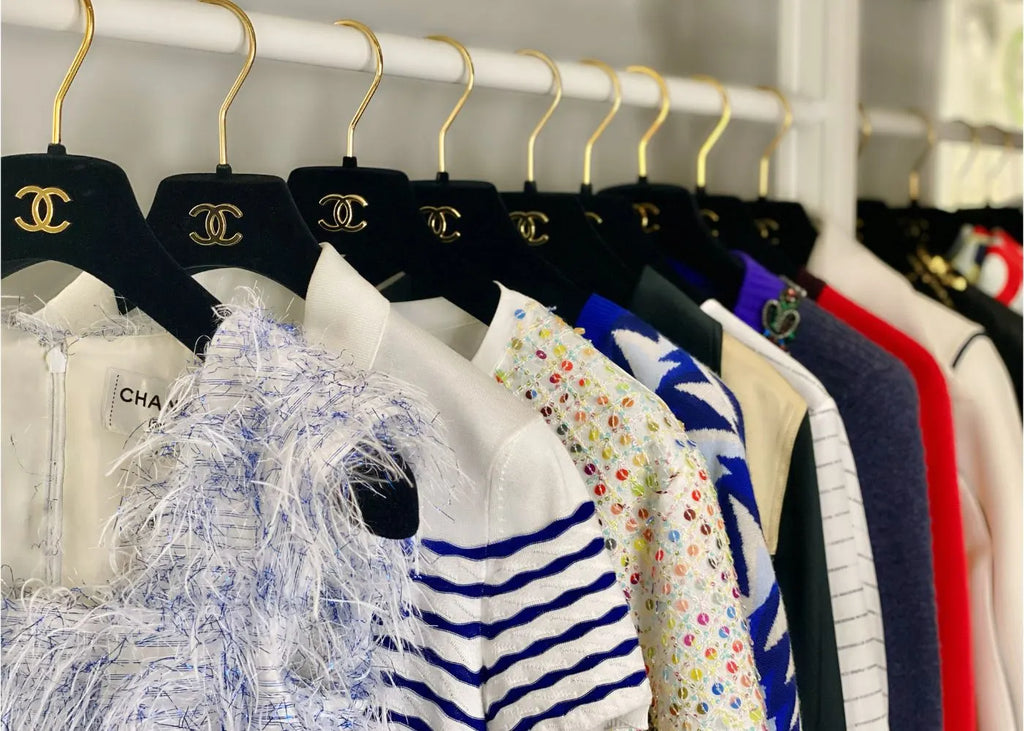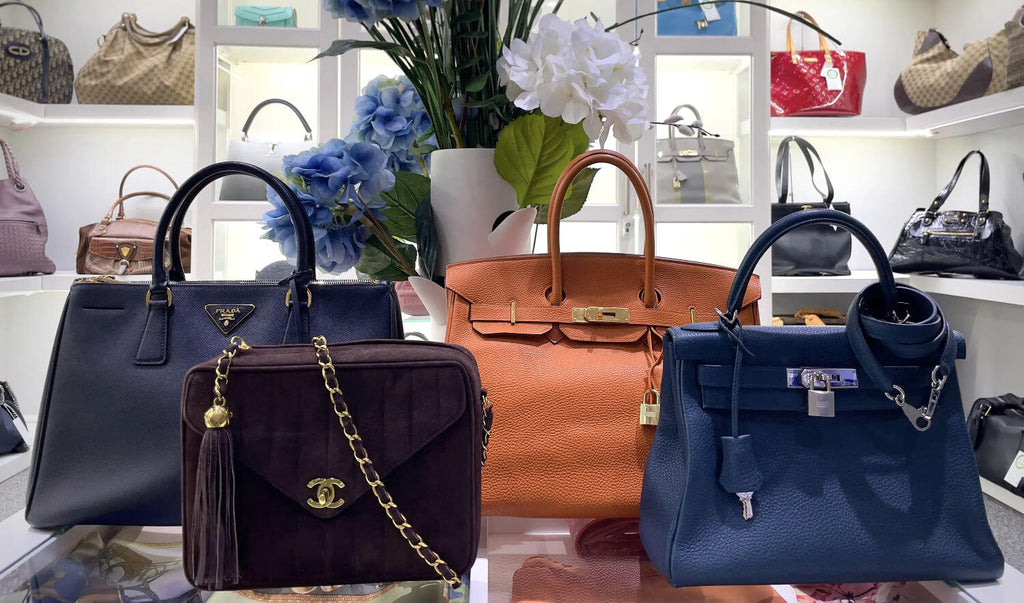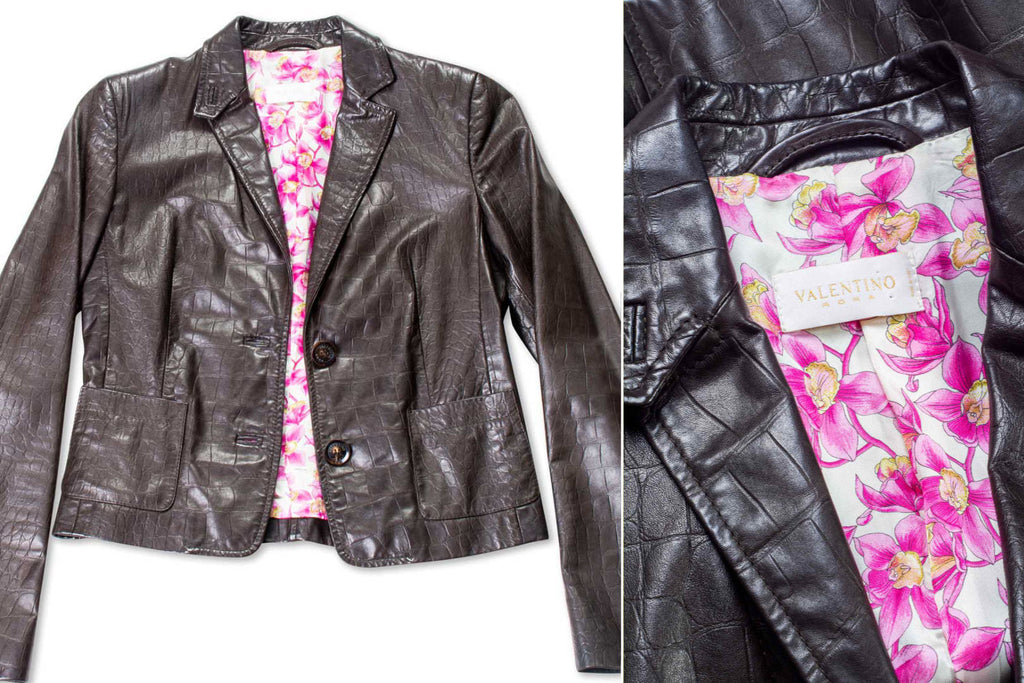CODOGIRL Journal
What Makes a Fashion Brand Sustainable?
Published: 12/9/2019
“Sustainable” is becoming a frequently-used buzzword by all kinds of companies and brands as more and more consumers are taking the environmental impact of their decisions into account. But what does it mean to be sustainable, especially for something like fashion?
Can Fashion Even be Sustainable?
First, let’s recap the definition of sustainable fashion. For an industry built upon consumer desire and preference rather than necessity, it becomes rather easy for wants and desires to lead to overconsumption, excess and waste.
Sustainable fashion aims to end these excesses, or at least reduce them and their impact on the environment and society.
However, because fashion is such a large and all-encompassing industry, the sustainable fashion movement can occur at many levels. It can take on the form of sustainable farming practices for cotton and other organic fibres. It can assume the role of ethical business practices and fair compensation for garment workers. It can make use of recycled fabrics, or clothing made to last for years. Sustainable fashion can also imply changing the entire model of ownership and consumption altogether in the form of vintage, resale and refashion.
Materials:
Fashion is tangible, and there are a lot of materials to choose from. Unfortunately, the materials that are most commonly used are the cheapest and most environmentally hazardous textiles made from petrochemicals, such as polyester, for example. This family of materials emit tons of pollution in the production process, and is usually used in cheap clothing that ends up in landfills. Once in landfills or in our oceans, petrochemical-derived materials are not biodegradable, but rather break down into tiny pieces called microplastics, which accumulate and poison our ecosystems.
What about cotton, the second most common type of textile? Not only is it one of the most water-intensive crops in the world, but also requires massive amounts of fertilizers, pesticides and chemicals. For every pound of cotton harvested, one-third of a pound of chemicals are used with very bad ecological consequences. Some cotton is genetically modified with bacteria to resist pests without the use of chemicals, but the majority of the textile industry’s cotton is not farmed this way.
Generally, the most sustainable materials are biodegradable fabrics that do not require the use of heavy chemicals, such as organic cotton, silk and cashmere. These fabrics and garments they create are much higher quality and will last longer, unlike fast fashion, which, by design, disintegrates after a few washes. Your cashmere sweater or silk scarf are much more sustainable choices because you can keep and wear them for years, even decades if maintained properly.
Manufacturing and Supply Chain:
Unfortunately, many large fast fashion retailers do not use sustainable manufacturing processes nor do they have ethical supply chains. This is particularly true for one of the dirtiest stages in clothing manufacturing: the dyeing process. Chemical clothing dyes can be incredibly toxic, both to humans and our ecosystems, and typically require massive amounts of water (200 tons of water per ton of garments produced).
Left: tainted waterways in Bangladesh, colored by dyes among other pollutants. Right: a man is wearing full-body protective gear to sample wastewater coming from a fast-fashion factory, yet consumers readily wear the clothing--often coated in formaldehyde among other hazardous chemicals--on their bare skin!
In most developed countries, there are a number of regulations about the types of dyes used by garment factories, and how they dispose of dyed wastewater. However, the vast majority of garments consumed worldwide are produced in third-world countries with weak labor and even weaker environmental regulations. It is said that one can tell the upcoming trends by the color of some rivers in China. In these countries producing for fast fashion retailers, toxic dyes containing cancer-causing heavy metals are used to color clothing, and wastewater is indiscriminately dumped in nearby rivers.
Pictured: Wastewater from clothing manufacturing factories frequently retains much of the dye used to color the clothing. Most dyes used are hazardous chemicals containing hundreds of known carcinogens.
But it’s not just our environment that gets poisoned by fast fashion: the damage is much more personal. Cheap, unsustainable fashion frequently contains chlorine, formaldehyde, heavy metals aluminum and chromium, ammonia, PFCs (perfluorinated chemicals) and VOCs (volatile organic compounds). Would you want to mix these cancer-causing chemicals in your lotion and lather up? Wearing clothing produced using these chemicals is no different: it’s unsustainable for both the environment and your health, but luckily there is a way to avoid this altogether.
The Sustainable Consumer Model:
Keeping all these things in mind the next time you go to the store would make shopping next to impossible. How can you be sure the item you want to buy wasn’t made by a child laborer working in slave-like conditions, or wasn’t dyed with toxic chemicals and didn’t leave a lasting impact on our atmosphere or ecosystems? This sounds like a major headache for the average consumer, however there is one solution that answers all these questions instantly: changing the model of fashion consumption altogether.
Buying something pre-owned arguably addresses all the fashion industry’s problems. No extra resources were used, no labor was abused and no pollution was released, aside from maybe transporting the pre-owned items. The added benefit of buying pre-owned is that you can choose to shop designer resale, which offers extremely high-quality, durable and luxurious fashion that is much more affordable than retail.
Pictured: The inside of COUTUREDossier, a luxury resale store in Greenwich, CT. It offers a far more sustainable solution compared to retail and fast fashion.
Now you can own that Chanel bag you’ve always dreamt about, or purchase a few quality cashmere sweaters or coats that you can wear for a lifetime, and feel good about it. You can be done with the fast fashion polluters that poison us and our ecosystems and help disrupt the demand for these harmful pieces of throwaway clothing. If you want to learn more, be sure to read more about the benefits of shopping luxury resale, different ways to make your fashion choices sustainable and more on the consequences of fast fashion
Other Publications






